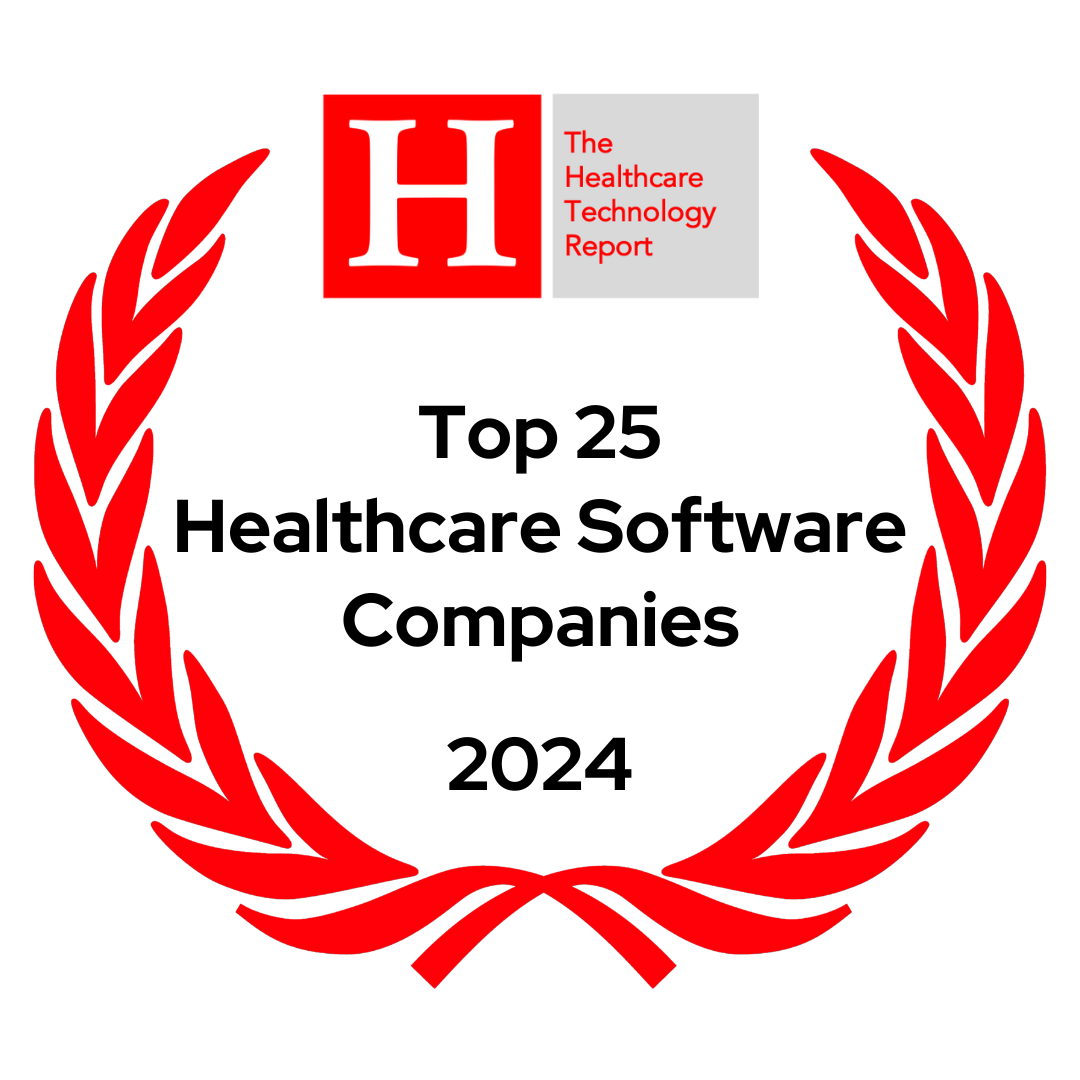In last week’s blog, I talked about how a primary care physician, Dr. Smith, changed his behavior, and subsequently his patient’s behavior, maintaining the patient’s health while saving the system $70,000/year.
This behavior change was made possible in part by the availability of new tools, information and incentives. But just like in golf, even bad golfers hit good shots occasionally.
Titanium drivers and golf instruction manuals don’t guarantee a great golf game. Sometimes, that new $500 driver just produces longer drives ─ in the wrong direction. The key to golf is developing a repeatable golf swing, which produces consistent results. The newest golf technology actually does produce better results, but only when used properly.
Great golf instructions may provide a detailed understanding of the nuances of the game, but if delivered to a poorly motivated student, are a serious waste of time and resources. You can invest in pricey technology and instructions and still have a frustratingly bad golf game.
As the healthcare industry struggles to transition from a volume-based to value-based delivery system, how do we keep the investment from ending badly? How do we convert Dr. Smith’s great $70,000 shot into a repeatable process performed by hundreds of thousands of physicians and millions of patients every day?
At Lumeris, we’ve been working with providers for nearly a decade ─ thinking, brainstorming and experimenting ─ to understand how to make this change to value-based health care. We concluded that in addition to wonderful new information systems and tools, we needed a framework to guide the day-to-day behavior and workflow of physicians.
Our physician partners tend to be comfortable with structure. We agreed that to help change behavior, we needed a new structure. So we began our focus on primary care, drawing heavily from the Starfield Model. The result was a nine-part framework we call the Accountable Primary Care Model – or the Nine C’s for short.
On April 10 (tomorrow) I’ll be on a keynote panel at the 10th Annual World Health Care Congress talking about “Innovating to Improve Care – Delivering Better, More Effective, and More Efficient Health Care. And, for the next few weeks, I’ll be blogging about the Nine C’s and the physicians we support who embrace these powerful ideas. They are the pioneers of accountable care delivery, and they are innovating to achieve the Triple Aim +1™: higher quality, lower costs, and improved patient and physician satisfaction.
Let’s start with the first three C’s: (C1) First Contact, (C2) Comprehensive Care, and (C3) Continuous, Longitudinal Person-Focused Care.
Dr. Thomas Hastings is a board-certified internist in St. Louis. He is the “medical home” for his patients, serving as their first contact (C1) when they have new medical needs, and he coordinates their care throughout the health system. He uses tools such as open-access scheduling and reserves 40% of his schedule for same-day appointments.
Dr. Hastings stays current with the latest research on the role of primary care physicians. For example, in a national sample of more than 20,000 episodes of care, when these events began with PCP visits, (vs. other sources of care), costs were 53% lower. This cost differential persisted even after controlling for ER visits, health status, socio-demographics, and other relevant variables.
Dr. Hastings practices The Ideal Medical Practice Model that ensures patients have comprehensive care (C2) where and when they need it. He manages most of his patients’ health care needs and schedules visits to ensure he has adequate time to document and code accurately, and to perform comprehensive health-risk assessments for older patients or those with chronic medical conditions. This approach enables data-driven population management, and risk-adjusted revenue assignment in Medicare Advantage, ACOs, and many Medicaid programs. Dr. Hastings uses tools like the “How’s Your Health” questionnaire to assess emotional and physical wellbeing, and engages patients and family members in care decisions, personalized prevention, screening goals, and advanced care planning.
His commitment to continuous, longitudinal person-focused care (C3) is a very powerful way Dr. Hastings transcends episodic care and builds long-standing relationships with his patients. In this way Dr. Hastings is improving the delivery of care in his practice – one patient at a time.

